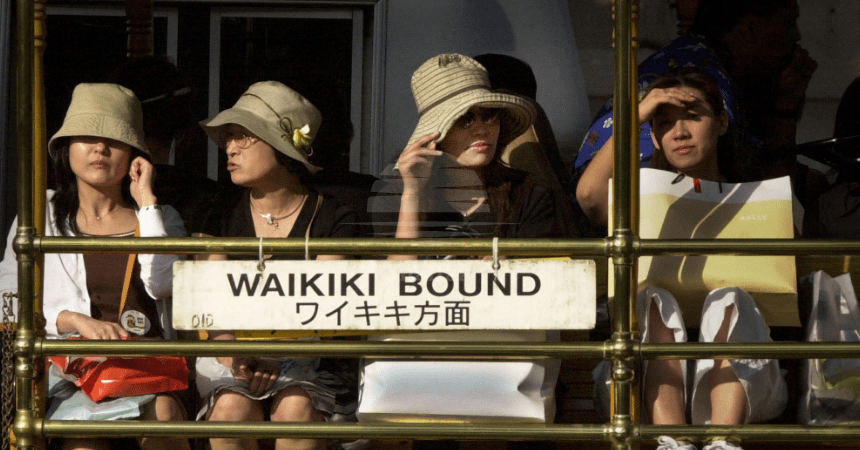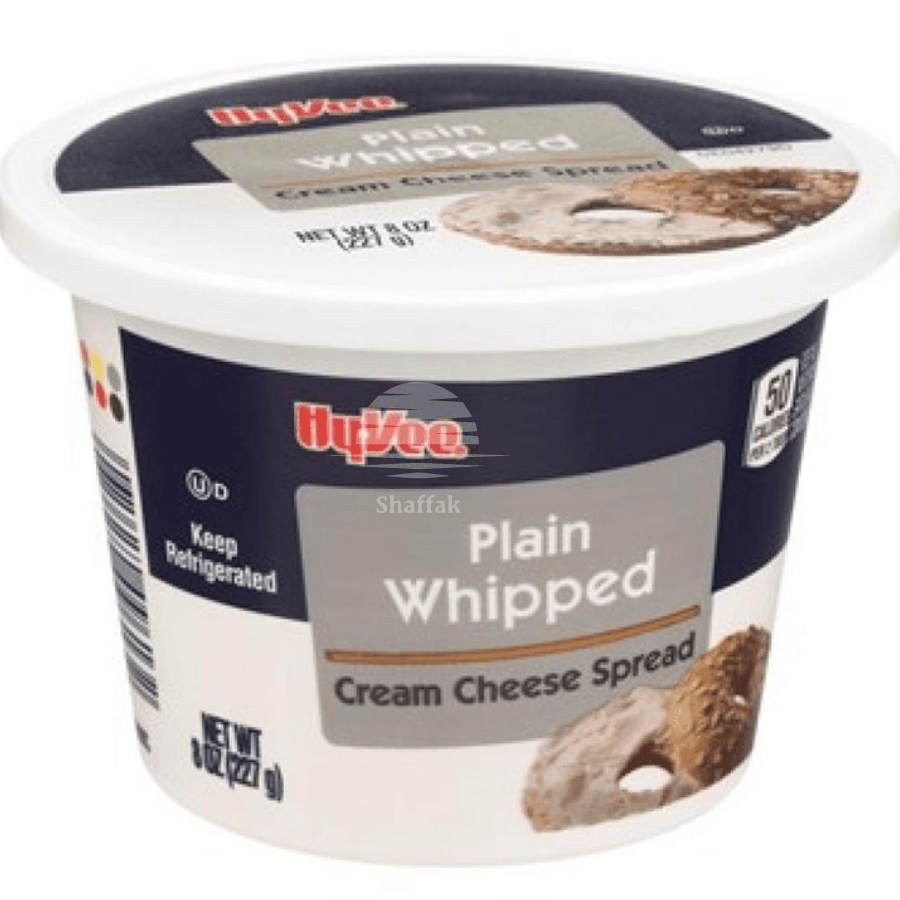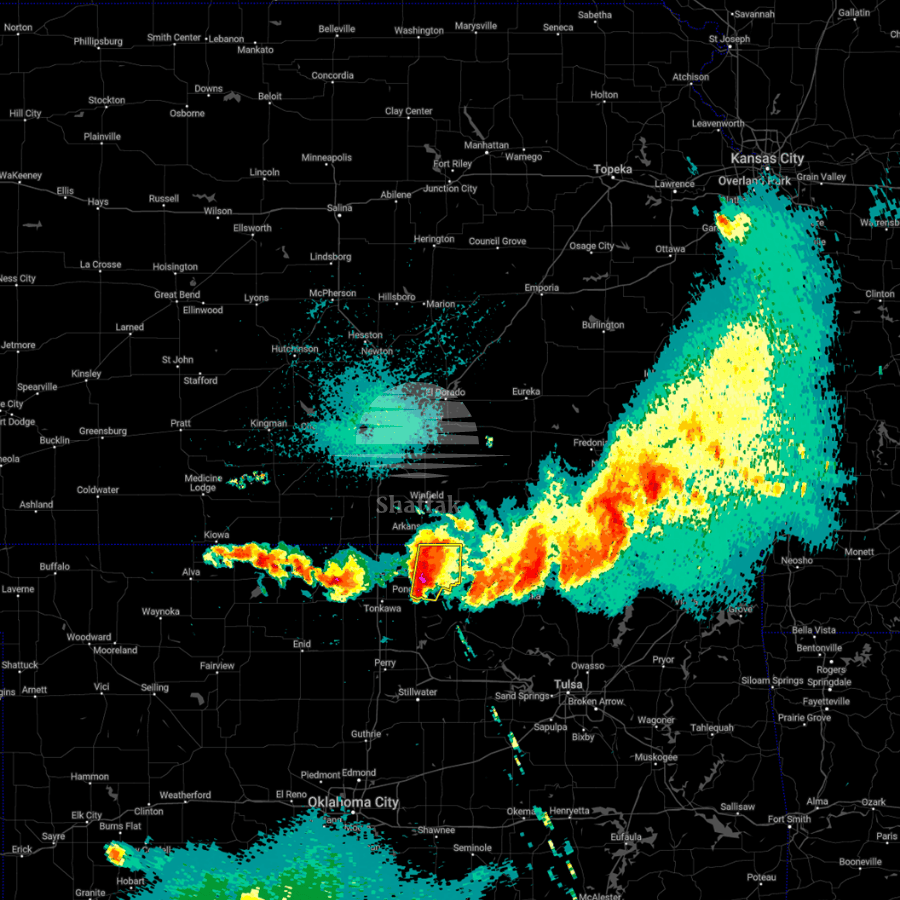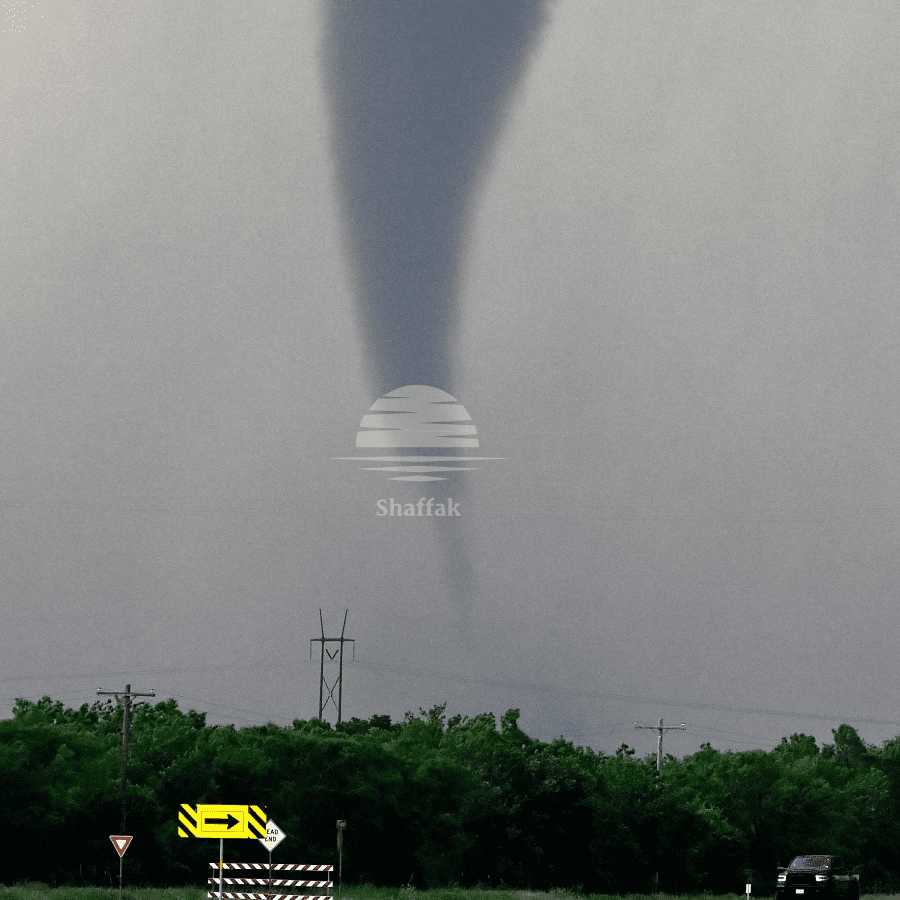Japan's Tourism: Hawaii may never see the same number of Japanese visitors
| Published Apr 29, 2024 | 10:46 a.m.

The enduring presence of Japanese visitors has long defined Hawaii's tourism scene. From the vibrant streets of Waikiki to poignant moments at Pearl Harbor, their influence permeates every facet of the islands' cultural tapestry. Yet, the seismic disruptions wrought by the pandemic have cast a shadow over this longstanding relationship, with profound implications for Hawaii's econ
In 2019, over 1.5 million Japanese travelers graced Hawaii's shores, their influx a cornerstone of the islands' tourism sector. However, the onset of the pandemic precipitated a precipitous decline, with arrivals plummeting to a mere 24,232 in 2021. While a tentative rebound saw Japanese arrivals reach 572,979 last year, the figures still languish at around 60% of pre-pandemic levels as of the first quarter of 2024.
This precipitous decline has reverberated throughout Hawaii's business ecosystem, prompting closures and adaptations among local establishments. The sluggish pace of Japanese tourism recovery has confounded initial projections, exacerbating economic uncertainties in the islands.
Peter Fuleky, a professor at the University of Hawaii's Economic Research Organization, underscores the intertwined dynamics of recovery and currency fluctuations. The weakened Japanese yen, hovering at 155 yen against the U.S. dollar, poses formidable headwinds to tourism revival, stifling momentum and dimming prospects for a swift rebound.

Economic forecasts paint a somber picture, suggesting a protracted recovery period for Japanese arrivals. Demographic shifts, characterized by Japan's aging population and evolving travel preferences, further compound the challenges. Despite these headwinds, Eric Takahata, managing director for Hawaii Tourism Japan, remains cautiously optimistic about sustained interest in Hawaii, citing ongoing market research and stakeholder engagement efforts.
Nevertheless, formidable barriers loom large on the road to recovery. High costs, exacerbated by a weak yen and mounting inflation, undermine the purchasing power of Japanese tourists, reshaping consumer habits and precipitating seismic shifts in spending patterns.
Historically, Japanese visitors wielded significant purchasing power, driving robust spending across retail and hospitality sectors. However, the erosion of discretionary spending, compounded by shifting consumer preferences, has upended established business models, leaving local establishments grappling with unprecedented challenges.
Retailers catering to omiyage, the revered Japanese tradition of gift-giving, have borne the brunt of this seismic shift. Once a linchpin of Hawaii's retail landscape, these businesses now confront an uncertain future, navigating choppy waters amidst evolving visitor demographics and shifting market dynamics.
The Royal Hawaiian Center in Waikiki, a bastion of luxury retail and gastronomic delights, epitomizes this narrative of adaptation and resilience. While some merchants have shuttered their doors in response to dwindling Japanese foot traffic, others have pivoted, recalibrating their offerings to resonate with evolving consumer tastes.
In essence, Hawaii's tourism landscape stands at a crossroads, navigating a delicate balancing act between tradition and transformation. While challenges abound, from currency fluctuations to evolving consumer preferences, the islands' resilience and adaptability endure as enduring testaments to their enduring allure amidst the shifting tides of change


















